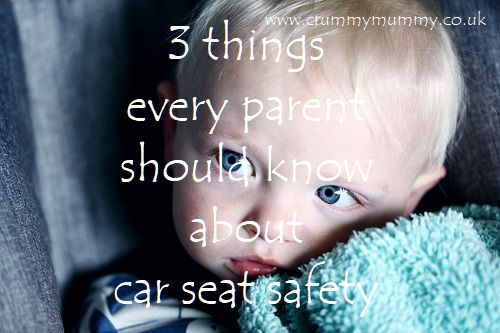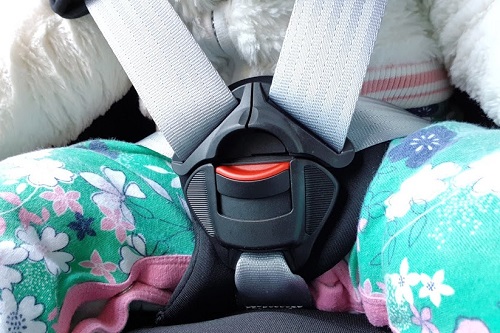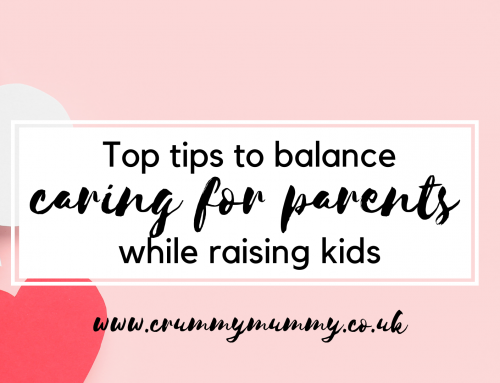Like most parents with young children, the chances are taking your baby on car journeys is unavoidable.
But did you know 11 children in the UK under the age of 12 were killed in car accidents in 2015, and a further 200 were injured, despite the fact that rear-facing child seats reduce the risk of death by up to 90%?
We’ve got three car seats in the back of our car and with the kids getting bigger every day I often worry about their safety, especially on long journeys.
So how can you make sure your child is safe in their car seat? In this collaborative post here’s three things every mum and dad should know about car seat safety (and probably didn’t!)
3 things every parent should know about car seat safety
Understanding the new car seat laws
According to new legislation, every child under the age of 12 years old or 4’5” tall must sit in a car seat. Babies under 15 months must sit in a rear-facing seat, while older babies can face either side. Once your child weighs more than 15 kilos, they can sit in a booster seat. (There are a few exceptions to legally travelling without a car seat, such as riding in a taxi, coach, van, minicab, or minibus, and more than three children sitting in the back, resulting in limited space for the car seat. However, even in unexpected journeys, a car seat is required). Children under the age of three must not travel without the safety of a car seat.
Make sure your car seat is covered – by insurance
All car seats that are involved in a collision must be replaced, even if there is no sign of visible damage. Check your insurance policy carefully as you might need to add your child’s car seat as an extra coverage. Experts suggest the following checklist for parents to consider, including:
- Does your policy cover car seat replacement?
- Is the cash sum equivalent to the cost of a seat?
- Will the policy cover more than one seat replacement? If not, how many?
However, it may not be necessary to replace if the impact was at low speed with minimal external damage to the car.
Rear-facing seats: does it really matter?
In recent years, rear-facing seats have grown in popularity. Not to mention, most medical experts recommend rear-facing seats as they do a better job of supporting the spine, neck, and head of young children because it distributes the force of a collision. Additionally, rear-facing seats offer the most protection by preventing the child’s head from moving around, reducing the risk of hitting hard surfaces and working as a protective shell against shattered glass.
Do you have one or more car seats in the back of your car? Do you worry whether they’re as safe as they could be, like me?
This is a collaborative post.





































This is so interesting to read. Neither my fella or I drive so I never think about car seats. #MMBC